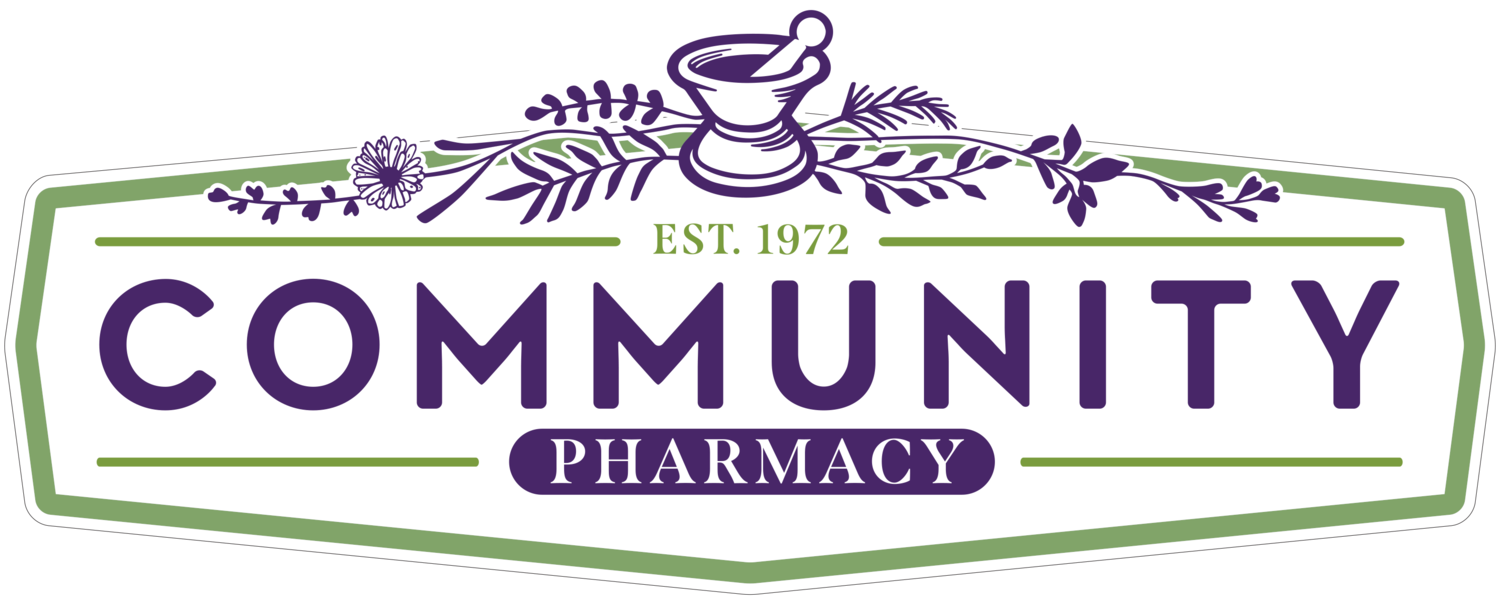Elderberry: Your #1 Herbal Ally This Cold Season!
During these long winter months, supporting your immune system is essential to avoiding the whirlwind of viral illnesses moving around. Many plants can facilitate recovery and help prevent colds and the flu, including elderberries.
Historically, Elderberry has played a significant role in European herbalism, most notably for treating colds and the flu. Their use dates back to Pliney the Elder and Hippocrates. These gorgeous red berries appear mid to late summer in temperate climates, arriving at just the right time to prepare for the colder months to follow. Traditionally they are prepared in the form of a syrup which prevents the berries from spoiling, as sugar is a preservative. It makes a delicious medicine, and changes the berries’ chemical structure to prevent digestive problems that come from eating the berries uncooked.
As with everything, especially in the miniature solar system of compounds found in plant medicines, the way they work in the human body is very complicated. Traditional use and modern studies can help to triangulate the best ways to use herbs. When some viruses, including the flu virus, invade cells, they use what are called hemaglutinin spikes to sneak past the defenses of cells so that they can replicate inside the cell and spread. One study suggested that elderberry can actually inhibit these spikes and stop the virus from replicating. This is generally understood to be one of the main mechanisms of action of elderberries. They have this amazing protective power to head off some viral infections by essentially stopping the viruses from being able to infect host cells. Several smaller studies have demonstrated this: one study found that an elderberry supplement reduced both the symptoms and duration of colds in air travelers and another study found that an elderberry syrup shortened flu symptoms by four days when compared to a placebo group.
In addition, elderberry could upregulate the immune system to kill viruses and bacteria more quickly. The immune system communicates with itself using chemical messengers called cytokines. These cytokines are signaling molecules that tell the cells of your immune system to do a variety of things. One study using petri dishes showed that elderberries can increase particular cytokines including IL-1 beta, TNF-alpha, IL-6, IL-8, all of which cause inflammation. Inflammation can be useful in that, generally speaking, it causes increased blood flow and an increase of immune cells to an area. Inflammation can cause you to feel the symptoms associated with illness, including fever and pain. Elderberries contain high amounts of anti-inflammatory polyphenols, flavones and anthocyanins which reduce some of the inflammation your body produces when you’re sick.
So, elderberries have the paradoxical effect of both increasing the inflammation that helps kill invading pathogens and decreasing free floating inflammation that makes you feel so terrible. If there’s one thing to remember about elderberries: load up when you feel a viral illness coming on! An elderberry syrup can help upregulate the immune system in order to better fight things off, while simultaneously preventing viruses from replicating within cells. Community Pharmacy sells a variety of elderberry products, including one of my personal favorite syrups from Wish Garden, an Elderberry-Echinacea blend that’s absolutely delicious. We also sell a great Elderberry syrup from Gaia Herbs as well as bulk dried elderberries if you want to make your own medicine. Wishing you a warm and healthy winter season from Community Pharmacy.
By: Brendan Schwaab
References:
Roschek B Jr, Fink RC, McMichael MD, Li D, Alberte RS. Elderberry flavonoids bind to and prevent H1N1 infection in vitro. Phytochem. Jul 2009;70(10): 1255-1266.2.-https://www.ncbi.nlm.nih.gov/pmc/articles/PMC4848651The3.-https://www.ncbi.nlm.nih.gov/pmc/articles/PMC4848651/ effect of Sambucol, a black elderberry-based, natural product, on the production of human cytokines4.-I. Inflammatory cytokines, Eur. Cytokine Netw., 2001 Apr.-June;12(2): 290-6.

